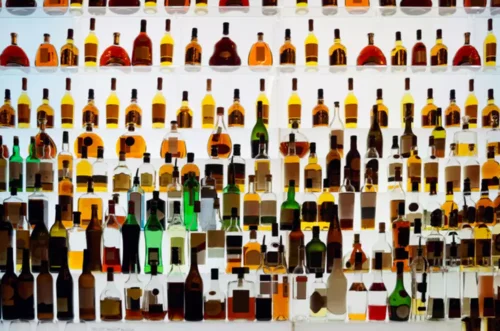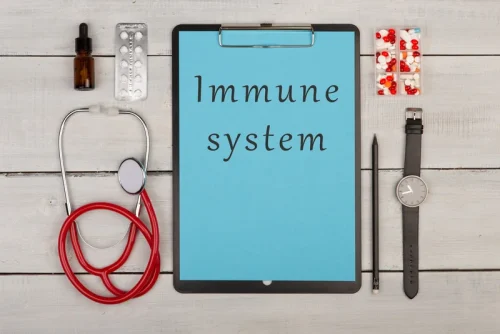
Late-stage alcoholics can get better if they seek treatment, and some of their health problems can even be reversed if caught early enough. The early or adaptive stage of alcoholism marks the beginning of an alcoholic’s struggle with addiction. At this point, drinking is no longer just a casual social activity — it’s become a daily habit that may be used to cope with stress, anxiety or other emotional problems.
- Early intervention addresses the issue before a person progresses to severe dependence or chronic health problems from drinking.
- However, even a mild disorder can escalate and lead to serious problems, so early treatment is important.
- You might think binge drinking is safe when you only do it occasionally, but that couldn’t be further from the truth.
- Copyright © 2024, AddictionHelp.com The information provided by AddictionHelp.com is not a substitute for professional medical advice.
- You’ll also experience negative consequences, such as blacking out or frequent hangovers.
Inpatient Programs

In social situations, they may be unable to stop drinking when others do and find that they can’t handle as much as they previously could without becoming drunk. Blackout episodes, where the individual does not remember what they’ve said or done while drinking, may occur. It is important to know the signs that develop during each stage to ensure your loved one seeks treatment for their addiction early on.
- Those biological changes pave the way for the second stage, which is marked by a physical dependence on the drug.
- Sometimes, going to rehab isn’t a choice when you’re in the full-blown stage of alcoholism.
- Prolonged and heavy alcohol consumption permanently changes brain chemistry.
- Despite awareness of the adverse effects, there is a struggle to abstain from alcohol.
Cardiovascular Health

As the disease becomes more severe, blackouts and loss of control can happen. And the physical costs of excessive alcohol use become noticeable. Alcohol dependence also means that you have developed a tolerance to drinking. As a result, you may have 5 stages of alcoholism to drink larger quantities to get “buzzed” or drunk. Drinkers leave the experimental stage when their alcohol consumption becomes more frequent. Instead of just drinking at parties once in a while, you may find yourself drinking every weekend.
Do You Need Help? 10 Warning Signs of Alcoholism
If someone has an issue with alcohol, the sooner they seek help, the better. Addiction cannot be cured, but it can be managed like other chronic health conditions, including asthma and diabetes. Any stage of the Jellinek Curve is considered dangerous because the person is not consuming alcohol in moderation, which is the only safe way to drink.

If you’re concerned about someone who drinks too much, ask a professional experienced in alcohol treatment for advice on how to approach that person. Alcohol use disorder is a pattern of alcohol use that involves problems controlling your drinking, being preoccupied with alcohol or continuing to use alcohol even when it causes problems. This disorder also involves having to drink more to get the same effect or having withdrawal symptoms when you rapidly decrease or stop drinking. Alcohol use disorder includes a level of drinking that’s sometimes called alcoholism. Once an individual begins to drink more frequently, they have entered the second stage of alcoholism. During this stage, drinkers are typically still drinking solely in social settings.
Signs and Symptoms of Middle-Stage Alcoholism
